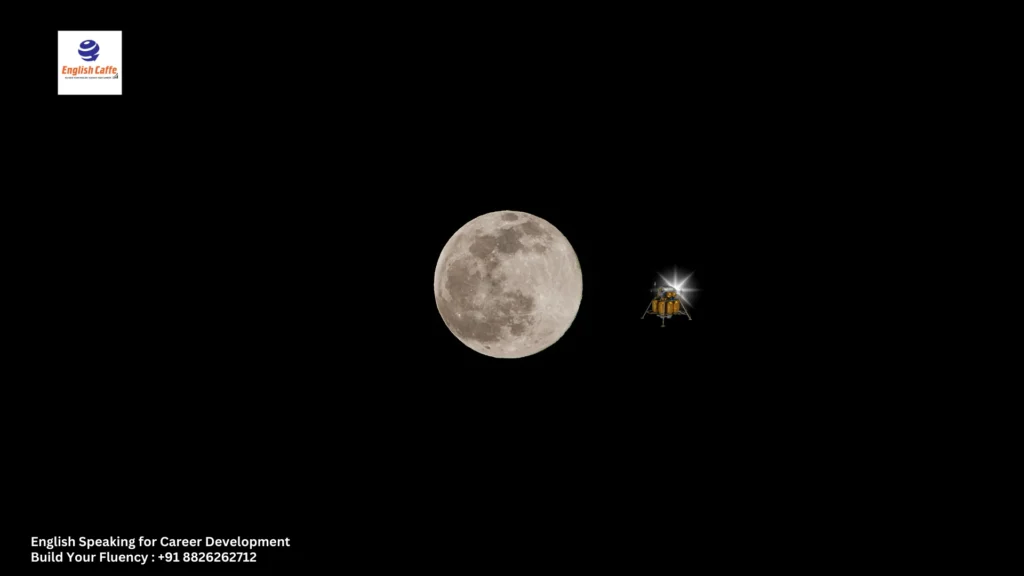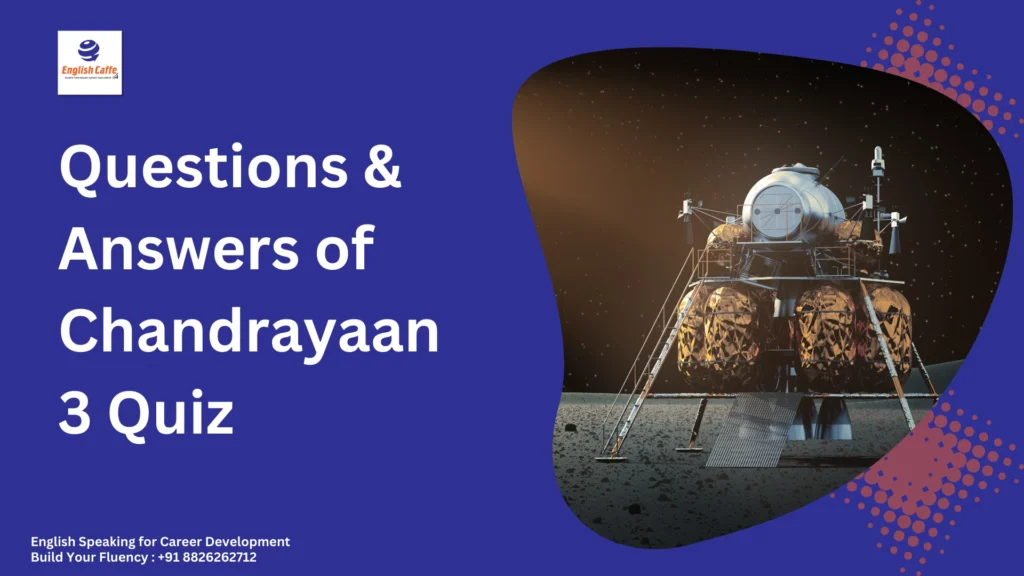Chandrayaan 3 Quiz: Test Your Knowledge on India's Lunar Mission
Chandrayaan 3, India’s third lunar exploration mission by ISRO, has captivated students and space enthusiasts alike. It not only marks a significant achievement in the country’s space journey but also provides a wealth of knowledge about the moon and space exploration. To help you test your understanding of this historic mission, we have created an exciting Chandrayaan 3 Quiz to challenge your knowledge!
ISRO (Indian Space Research Organisation)
July 14, 2023
To successfully land on the moon and demonstrate India’s ability to carry out a soft landing on the lunar surface.
GSLV Mk III (Geosynchronous Satellite Launch Vehicle Mark III)
Near the south pole of the moon.
India became the first country to land a spacecraft near the moon’s south pole.
The mission was designed to last for 14 days, which is the equivalent of one lunar day.
It strengthens India’s position as a major player in the space exploration field and contributes to global lunar research.
The lander and rover carried instruments to analyze the lunar surface, measure the lunar soil, and explore the chemical composition of the moon.
The mission cost approximately ₹615 crores (around $85 million).
The lunar south pole is believed to contain large amounts of water ice, which could be useful for future space missions.
Unlike Chandrayaan 2, which faced a failed soft landing, Chandrayaan 3 successfully executed its soft landing on the moon.
Chandrayaan 3 demonstrates India’s advancing space capabilities and contributes valuable data to international space exploration efforts.
ISRO plans to further explore the moon and other planets with future missions, including Chandrayaan 4.
ISRO worked meticulously on design improvements, risk mitigation strategies, and detailed testing to ensure the success of the mission.
Data related to the composition of the lunar surface, its mineral and chemical composition, and measurements of the moon’s atmosphere.
While primarily an Indian effort, ISRO received support from various global space organizations in terms of research and technology sharing.
It took about 40 days for the spacecraft to travel from Earth to the moon.
It marked India’s first successful soft landing on the moon, proving its technological prowess in space exploration.
It is expected to contribute significant data on lunar resources, paving the way for future lunar missions and possible colonization.
Yes, challenges included ensuring a flawless soft landing on the moon and managing the harsh conditions of space travel.
The rover analyzed the moon’s surface and conducted experiments to collect data on the lunar composition.
It boosts India’s space industry and paves the way for future missions that can contribute to the global space exploration community.
The soft landing demonstrated India’s ability to land a spacecraft on the moon, a major achievement in space technology.
ISRO is working on more advanced missions, including the Gaganyaan human spaceflight mission and future interplanetary explorations.
The mission inspires students to take an interest in space sciences and explore careers in space technology and engineering.
Yes, it is expected to fuel growth in the Indian space program and attract young talent interested in space exploration.

Conclusion
This Chandrayaan 3 Quiz is a great way for students to test their knowledge about India’s historic lunar mission. We have shared 30 questions and their answers so that you can get more knowledge about the chandrayaan 3 mission.
For those looking to improve their English skills, we consider joining spoken English classes in Noida. English Speaking courses help you to grow your career in your desired field.
Frequently Asked Questions:
The main objective of Chandrayaan 3 was to successfully achieve a soft landing on the moon and explore its surface for scientific analysis.
Chandrayaan 3 took approximately 40 days to travel from Earth to the moon.
ISRO, led by Dr. K. Sivan and other key scientists, played a crucial role in making Chandrayaan 3 a success.
It was a significant milestone, marking India as the first country to land near the moon’s south pole, contributing to global space exploration.

